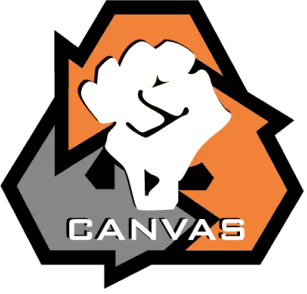May 11, 1983-1983
Chile
Anti-Pinochet Slow-Down
Share
ACTIVISTS/ACT.GROUPS/DESCRIPTION OF THE GROUP
Coalition of labor union, Confederation of Copper Workers (CTC), Democratic Alliance, Catholic Churchs(SERPAJ)
TARGET
Dictatorial leader Augusto Pinochet
WIDELY HELD BELIEF
People have the right to assembly. Workers have a right to strike.
CASE NARRATIVE
Issue and Opponent: The target of this Dilemma Action was the dictator of Chile, Augusto Pinochet. Pinochet came to power after a coup in 1973, which ended the life of the elected socialist leader Salvador Allende. Pinochet continued to have a strong hold on the country, using fear and intimidation to scare people into compliance. In 1983, after an economic crisis that made the unemployment rate spike to 30%, people decided to push back against the regime. Unionized copper miners were the first to openly oppose the dictator.
Dilemma Action: In the first ten years of Pinochet’s rule, there was never an active opposition. Nobody had ever openly protested in the streets. At the time, the copper miners were the best-paid workers of all of Chile’s workforce. Copper mining was the country’s most lucrative export and, therefore, very important for the regime. Rudolfo Seguel became President of the National Labor Congress and the leader of the movement opposing Pinochet’s harsh dictatorship. He noticed that in ten years there had never been open signs of opposition against Pinochet’s regime. He planned to mobilize the rest of the copper miners and encourage the rest of the workers in various industries to hold a nationwide strike. However, a week before the strike was to start, Pinochet’s army surrounded the mines. Seguel knew that if the strike were to happen it would turn violent so he, along with other miners, decided to change course. They started a National Day of Protest. Citizens walked or drove incredibly slow on one designated day. As one participant stated, it was impossible to tell if someone was just driving their car or walking slowly or if they were participating in the protest. This brought many cities to literal halts in a way that the regime could not retaliate against.
Outcome: After the success of the first National Day of Protest, they decided to have a protest every month. This continued for ten months. Since the protests began every month, each month the number of participants grew. There was a sense that mass demonstrations would bring down the dictatorship. The dictatorship responded with intense and increasing violence. During the fourth month, a police report openly states that 17 civilians had been killed. Due to the number of people involved in the protest, Pinochet could not ignore the opposition. In response, he instated Sergio Jarpa to begin a dialogue. Jarpa allowed for the opposition to achieve small victories, such as the return of exiles and urns to book censorship. The violence by the dictator caught the attention of the Cardinal of Chile’s Catholic Church, who insisted that the dictator should negotiate with the opposition. This is significant as the Cardinal was an important leader in a majority catholic society. The larger campaign was to bring down the dictatorship of Augusto Pinochet.
PRIMARY STRUGGLE/GOAL
NONVIOLENT TACTICS USED
DA TACTICS USED
Social disobedience
CASE NARRATIVE WRITER
SUCCESS METRICS
11 / 12
(CONC) Concessions were made
(EREP) Dilemma action got replicated by other movements
(MC) Media Coverage
(MSYMP) Media coverage was sympathetic to the activists
(OR) Opponent response
(PS) Dilemma action built sympathy with the public
(PUN) Punishment favored the activists
(REFR) Dilemma action reframed the narrative of the opponent
(RF) Dilemma action reduced fear and/or apathy among the activists
(SA) Dilemma action appealed to a broad segment of the public
Artivism
PART OF A LARGER CAMPAIGN
3 / 3
Activist group continued working together after the action
Encouraged more participants to join the movement
Internally replicated by the same movement
RESOURCES
Project documentation
Dilemma Actions Coding Guidebook
Case study documentation
Dilemma_Actions_Analysis_Dataset
SOURCES
Boeninger, Edgardo. 1986. “The Chilean Road to Democracy,” Foreign Affairs, March 1. Retrieved July 20, 2023. (https://www.foreignaffairs.com/articles/chile/1986-03-01/chilean-road-democracy).
Huneeus, Carlos. 2009. “Political Mass Mobilization against Authoritarian Rule: Pinochet’s Chile, 1983-88,” Civil Resistance. Retrieved July 20, 2023. (https://civilresistance.info/biblio-item/2009/political-mass-mobilization-against-authoritarian-rule-pinochets-chile-1983-88).
Bernath-Plaistad, Shandra & Rennebohm, Max. 2008. “Chileans overthrow Pinochet regime, 1983-1988,” Global Nonviolent Action Database. Retrieved July 20, 2023. (https://nvdatabase.swarthmore.edu/content/chileans-overthrow-pinochet-regime-1983-1988).
International Center on Nonviolent Conflict. “A Force More Powerful,” Retrieved July 20, 2023. (https://www.nonviolent-conflict.org/force-powerful-english/).
Lanza, Ernesto. 1984. “Chile: A Year of Discontent,” Harvard International Review, Retrieved July 20, 2023.(http://www.jstor.org/stable/42759696)
Related cases
Jun 5, 2021-2021
Hungary
Issues and Opposition: Victor Orban has been Hungary’s PM from 1998 to 2002 and then since 2010. Known for his nationalist rhetoric, Orban surprised Hungarians when he...
/
Jan 15, 2012-2012
Russia
Issue and Opposition: Putin became acting president after Yeltsin’s resignation in 1999. Within the next few months, he became the president. Due to constitutional con...
/
Mar 13, 2012-2012
Armenia
Building pavillions had been moved to Mashtot Park, thereby obstructing limited green space. Activists were having difficulty getting responses from the municipality t...
/
Subscribe to our newsletters to get full access to all materials on our website.

